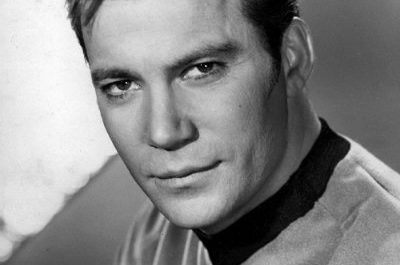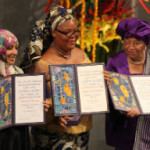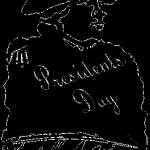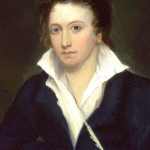Star Trek Celebrating 50 Years
When Star Trek first aired in 1966, those responsible for creating, writing and producing the science fiction series likely never dreamed that its popularity would last longer than the five-year voyage of the starship Enterprise.
Star Trek now celebrates its 50th anniversary with great fanfare. Discover details about the show that explain its popularity and why that popularity may indeed continue another 50 years.
The Original Star Trek Five-Year Mission
On September 8, 1966, television viewers tuned into the first episode of the original Star Trek. The sci-fi creation of  Gene Roddenberry starred Leonard Nimoy as the half-human, half-Vulcan officer of The Enterprise as Mr. Spock. William Shatner starred as Captain James T. Kirk.
Gene Roddenberry starred Leonard Nimoy as the half-human, half-Vulcan officer of The Enterprise as Mr. Spock. William Shatner starred as Captain James T. Kirk.
Operating under the United Federation of Planets, the mission of the 23rd-century voyages of the Enterprise was no secret. Each episode opened with William Shatner explaining, “Space, the final frontier. These are the voyages of the starship Enterprise. Its five-year mission – to explore strange new worlds, to seek out new life and new civilizations, to boldly go where no man has gone before.”
History Breaking Barriers
The five-year mission, which actually lasted on NBC for only three years, took the crew to many different worlds, introduced them to many different species and addressed human rights and social issues. The social issues, human rights issues and U.S. involvement in the Vietnam War made the show relevant to the times. The Original Star Trek series often presented people of different cultures and races working together in a cooperative manner.
In fact, Dr. Martin Luther King Jr. convinced African American actress Nichelle Nichols, who played Lt. Nyota Uhura to remain on the show due to the positive effect that Nichols had on African Americans. The infamous interracial kiss between Lt. Kirk and Uhura broke ground as the first interracial kiss on American television.
After The Original Series
Even after NBC canceled Star Trek, fans did not let Star Trek die. With the introduction of the Klingons as allies and the new crew of the starship USS Enterprise, the new crew took on hostile enemies such as the Borg and Romulans.
Next Generation introduced artificial intelligence officer Data, Lt. Worf, a Klingon. Q also graced the series, annoying the crew. Whoopie Goldberg, who played Guinan, told C|net that she viewed Star Trek Next Generation as a show that portrayed black women in a more positive light, where African American women played roles other than housekeepers.
New characters, new enemies on television and in Star Trek films, new allies and greater exploration of galaxies helped catapult Star Trek into pop culture history.
Celebrating 50 Years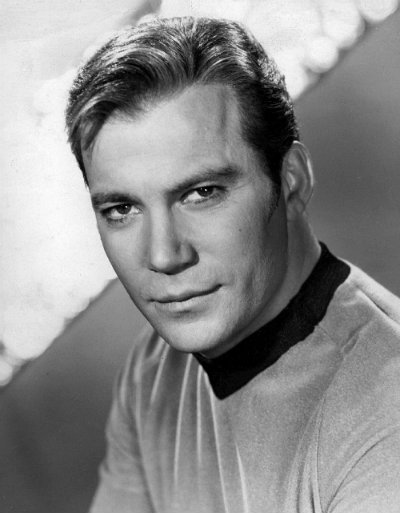
As Star Trek celebrates its 50th anniversary, people still hold out the same hope that Gene Roddenberry envisioned, that people would peacefully settle differences and work together.
Many technological advances are often attributed to Star Trek. Mike Massimo, Special advisor to New York’s Intrepid Museum points out to CBS that we now have the cell phone, which he compares to Star Trek’s “Communicator” and mentions other technology such as flat screens, computers, iPads, and tablets.
Star Trek Voyager cast member Jeri Ryan who played Seven of Nine wants her own personal transporter. C|net describes how Voyager’s interactive Doctor, Robert Picardo developed an actual love for science, even joining The Planetary Society.
History explains that in 1976, Nielson listed Star Trek’s original series as the number one syndicated television series. Whether the television original series, Next Gen, Voyager or one of the Star Trek films such as Wrath of Khan or The Final Frontier are your favorites, Star Trek thrives in entertainment history as a pop culture icon. Are you a true Trekkie? Celebrate by taking a quiz to discover how much you really know about Star Trek.

